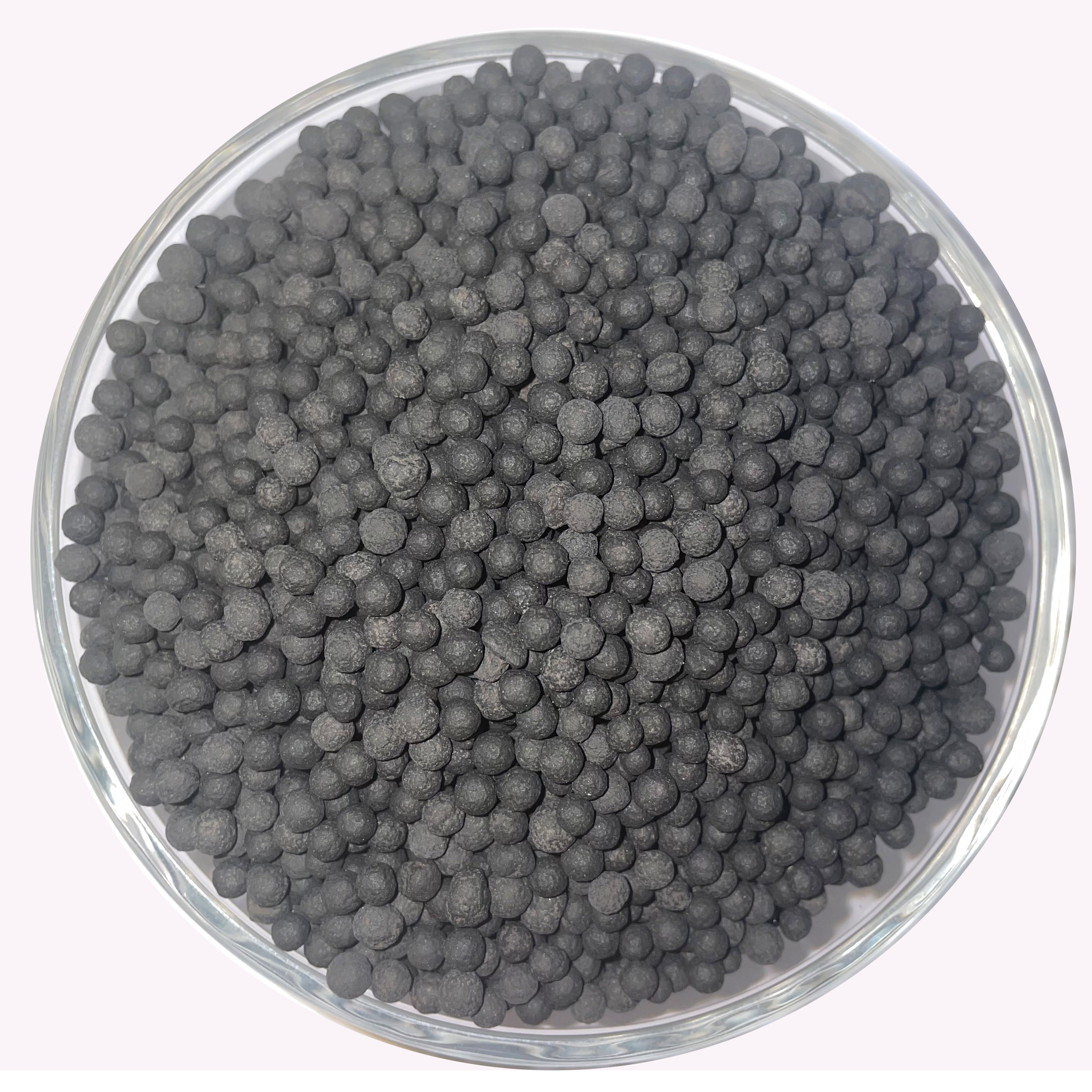
Dec . 13, 2024 13:29 Back to list
Optimal NPK Fertilizer Choices for Healthy Peach Tree Growth and Development
The Best NPK Fertilizer for Peach Trees
Peach trees, with their vibrant blossoms and luscious fruits, are a cherished addition to many gardens. To ensure healthy growth and abundant fruit production, it is essential to provide them with the right nutrients. One of the most effective ways to accomplish this is through the application of NPK fertilizers, which contain three primary nutrients Nitrogen (N), Phosphorus (P), and Potassium (K). This article will delve into the best NPK fertilizers for peach trees.
Understanding NPK Fertilizers
NPK fertilizers come in various formulations, each designated by a series of three numbers, indicating the percentage of nitrogen, phosphorus, and potassium, respectively. Each of these nutrients plays a vital role in the growth and overall health of peach trees.
1. Nitrogen (N) This nutrient is crucial for vegetative growth. It helps in the development of leaves and stems, as well as contributing to the overall vigor of the tree. A nitrogen deficiency can lead to stunted growth and yellowing of leaves.
2. Phosphorus (P) Phosphorus promotes strong root development and enhances flowering and fruiting. For peach trees, adequate phosphorus is vital for producing high-quality fruit and improving the tree's resistance to diseases.
3. Potassium (K) Potassium plays a key role in fruit quality and the tree’s overall health. It helps in water regulation, improves drought resistance, and enhances the tree's ability to fend off pests and diseases.
Ideal NPK Ratios for Peach Trees
When selecting an NPK fertilizer for peach trees, different growth stages and conditions should be considered. Generally, a balanced fertilizer such as a 10-10-10 or a 12-12-12 can be beneficial for established trees, providing a moderate supply of all three nutrients. However, the needs can vary depending on specific growth phases.
1. Early Spring (Pre-Bloom) At this stage, a fertilizer with a higher nitrogen content, such as 15-5-5, can be beneficial to promote healthy leaf growth. Ensuring the tree has plenty of foliage at this stage will support its flowering potential later on.
2. During Bloom to Fruit Set Once the tree begins to bloom, a fertilizer with increased phosphorus, such as 5-20-10, can encourage better flower development and fruit set. This transition is crucial for maximizing the quantity and quality of peaches produced.
best best npk fertilizer for peach trees

3. Post-Harvest After harvesting, it's essential to prepare the tree for the future season. A balanced fertilizer like 10-10-10 can replenish nutrients, allowing the tree to recover from the stresses of fruit production.
Organic Alternatives
For those interested in organic gardening, several natural fertilizers can be excellent alternatives to synthetic NPK fertilizers. Bone meal is high in phosphorus, promoting flowering and root development, while blood meal can be used to boost nitrogen levels. Additionally, composted manure offers a well-rounded nutrient profile that can benefit peach trees throughout the growing season.
Application Tips
Applying the right NPK fertilizer requires attention to detail
- Timing Fertilizer application should coincide with the growing season. Generally, it’s best to fertilize in early spring before the tree starts to leaf out.
- Method Always follow the manufacturer’s instructions regarding application rates. Over-fertilizing can harm the tree, resulting in burning the roots or an imbalance in nutrient uptake.
- Watering After fertilization, water the tree thoroughly to help the nutrients penetrate the soil and reach the root zone.
Conclusion
Selecting the best NPK fertilizer for peach trees is crucial for their healthy development and fruit production. By understanding the specific nutrient needs at various growth stages, gardeners can tailor their fertilization strategies accordingly. Whether opting for synthetic or organic options, providing the right nutrients will enhance the tree's health, leading to a bountiful harvest of sweet, juicy peaches year after year.
-
Organic 10-10-10 Fertilizer | Balanced Plant Nutrients
NewsJul.31,2025
-
Premium Amino Acid Fertilizer | Rapid Plant Growth Booster
NewsJul.31,2025
-
10 10 10 Fertilizer Organic—Balanced NPK for All Plants
NewsJul.30,2025
-
Premium 10 10 10 Fertilizer Organic for Balanced Plant Growth
NewsJul.29,2025
-
Premium 10 10 10 Fertilizer Organic for Balanced Plant Growth
NewsJul.29,2025
-
Premium 10 10 10 Fertilizer Organic for Balanced Plant Growth
NewsJul.29,2025
